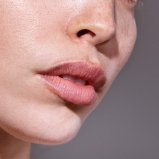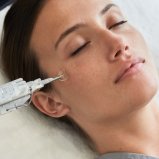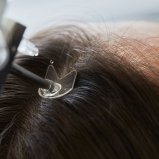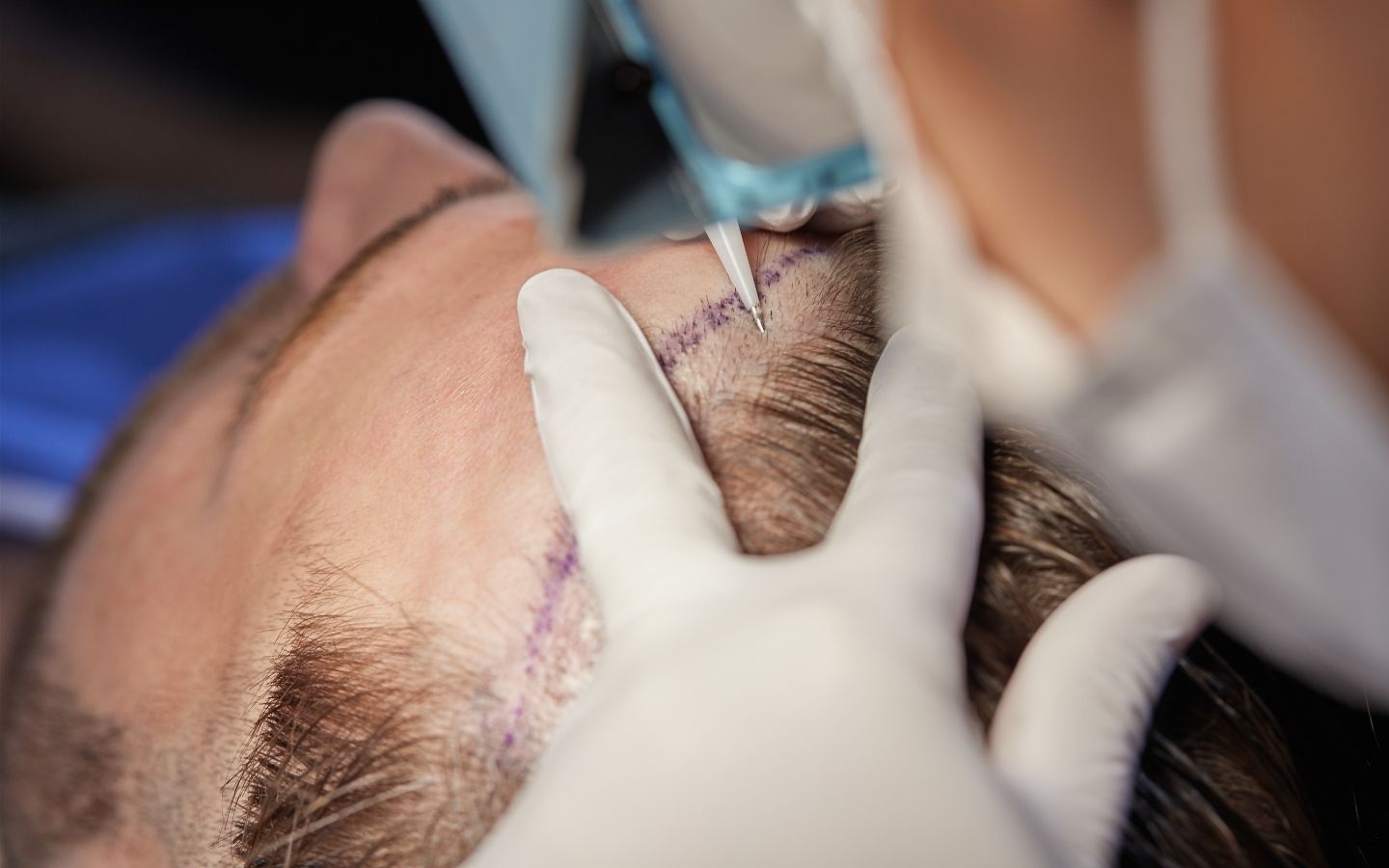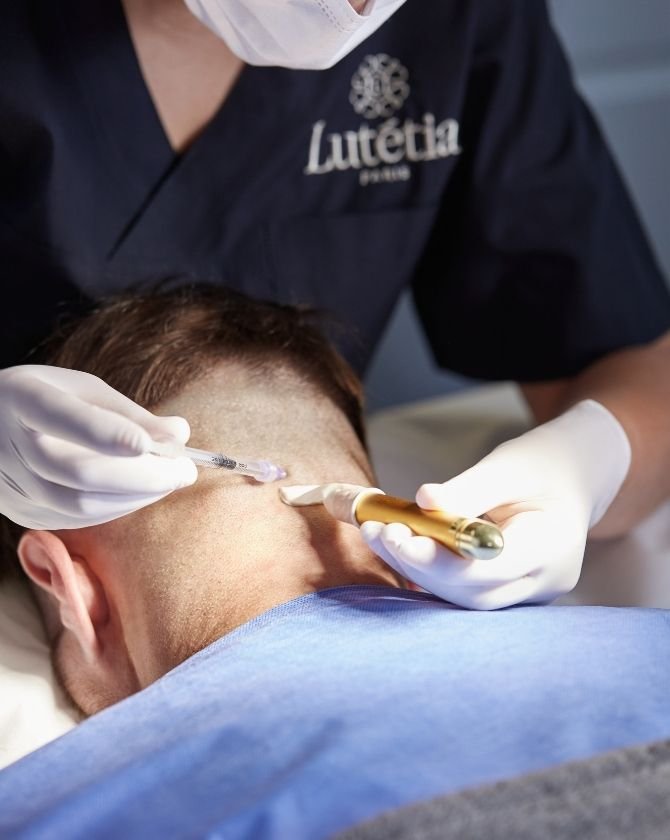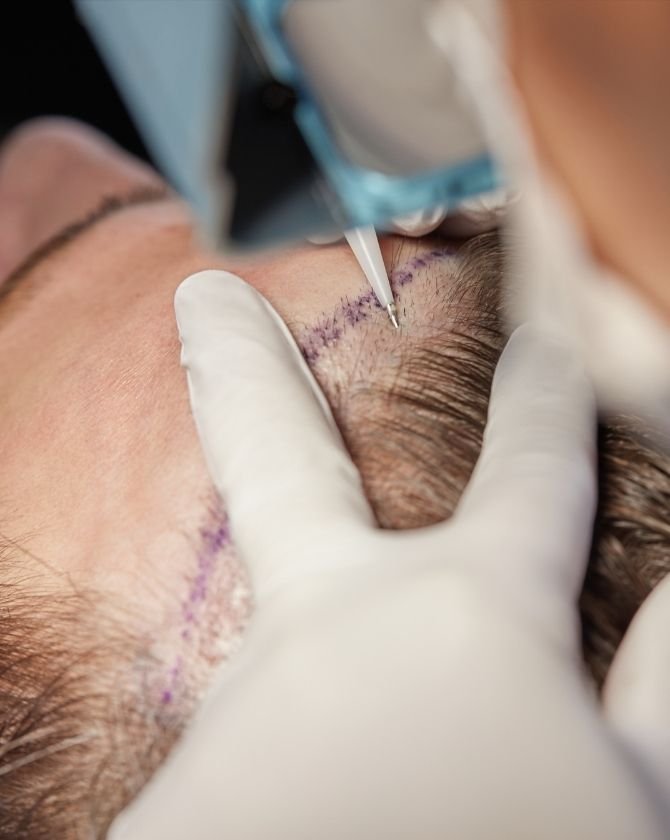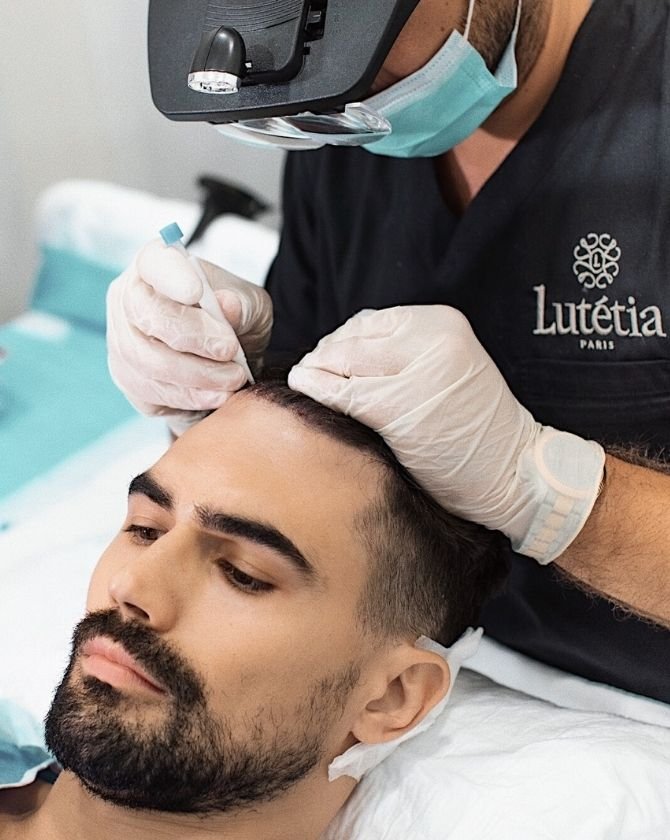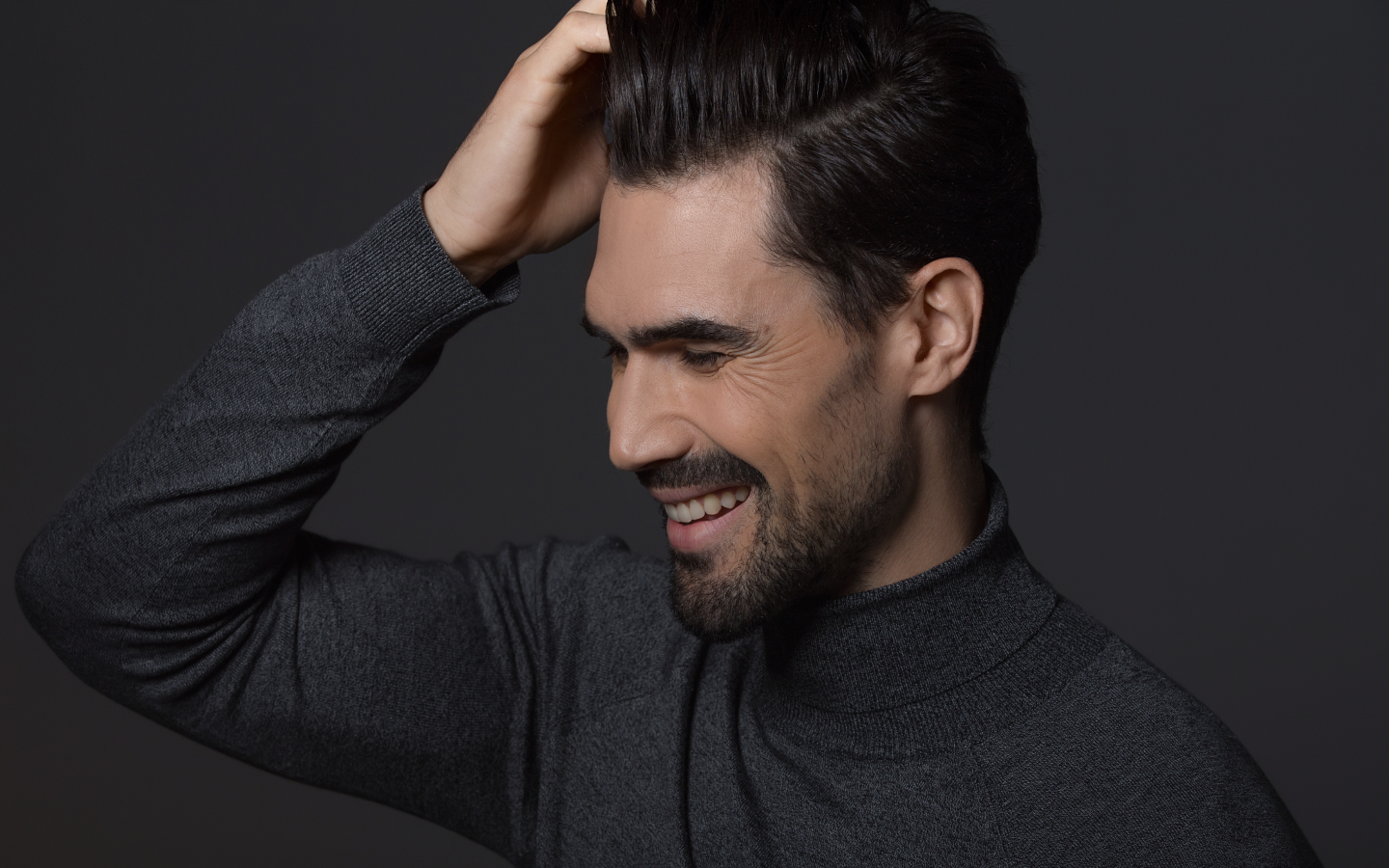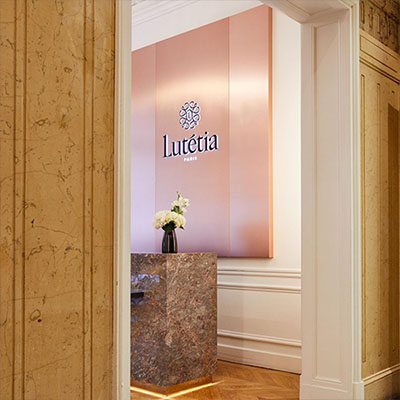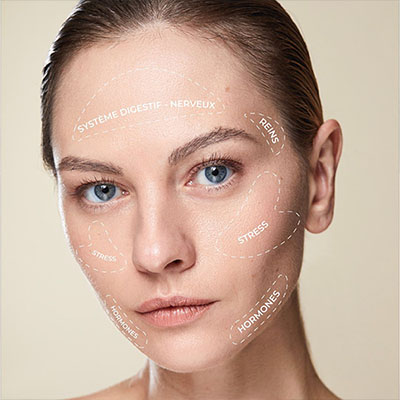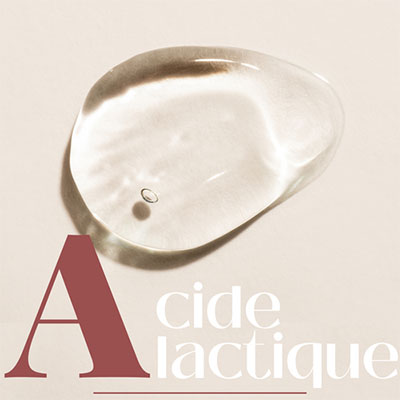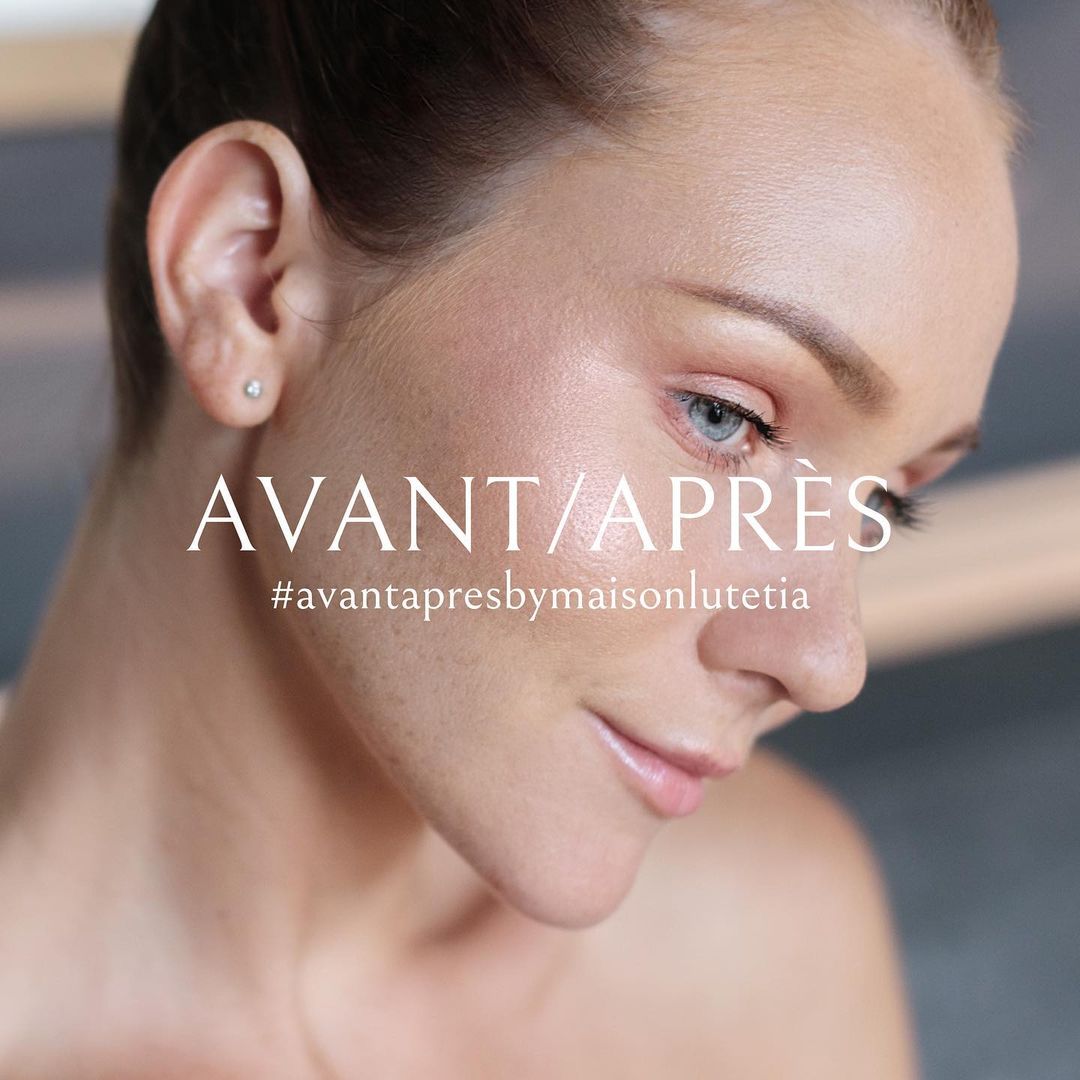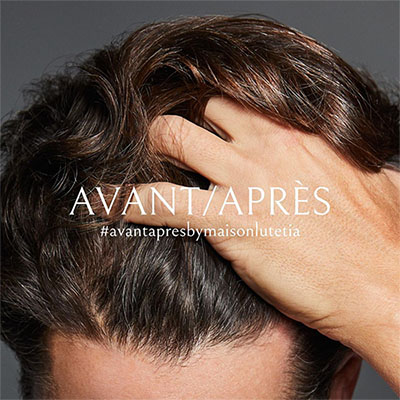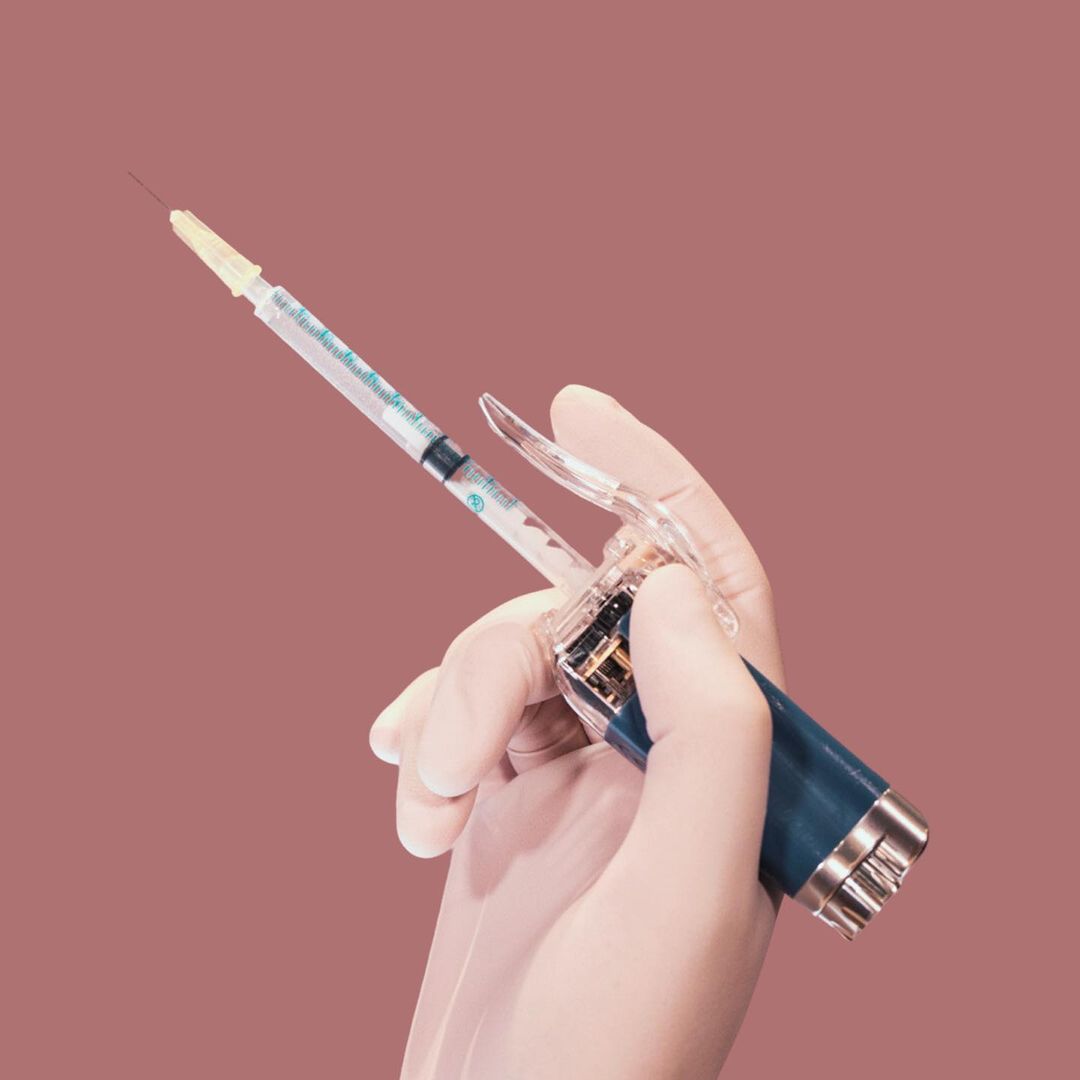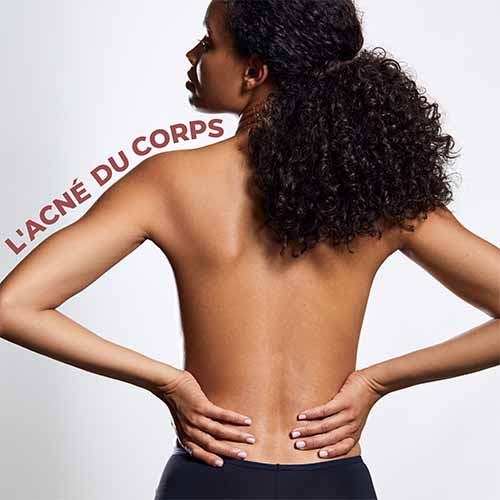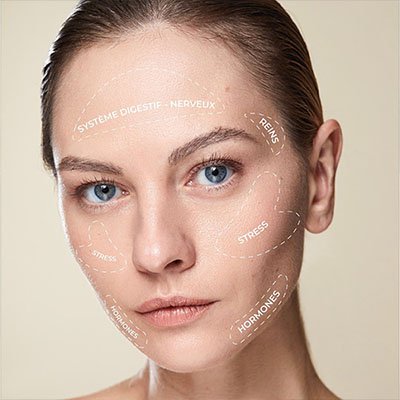La technique classique est de tracer une ligne depuis le canthus externe vers le haut du crâne et de marquer la jonction. Il faut ensuite placer un premier point entre les sourcils rejoignant la pointe des cheveux ; un deuxième entre l’angle externe de l’œil et le point de changement de direction des cheveux ; et un troisième au niveau de la glabelle jusqu’au milieu du sourcil. Cela donne une marge de 9 à 11 cm à partir de l’os du sourcil et de 4 à 7 cm depuis la marge fronto-temporale.
La règle de base est de diviser le visage en trois tiers, en prenant en compte l’avancée de l’alopécie, l’âge du patient et le placement du muscle frontal. Il n’est en effet pas préconisé d’implanter de cheveux sur le muscle frontal, au risque de voir la ligne capillaire bouger en même temps que les expressions du visage !
Mais bien sûr, il ne suffit pas de prendre des mesures pour déterminer la ligne capillaire idéale. Le médecin expert doit prendre du recul une fois le dessin réalisé et le réadapter selon les caractéristiques morphologiques uniques de chacun.
Les repères clés à placer par l’expert visagiste au marqueur pré-thérapeutique avant l’implantation :
- 1. Les zones latérales, qui permettent de faire rejoindre le point de changement de direction des cheveux et la ligne capillaire, et d’ainsi créer la forme des tempes. Définir les zones latérales permet aussi de reconstruire la ligne capillaire de zéro pour les patients très dégarnis.
- 2. La ligne capillaire, selon les traits uniques du patient.
- 3. La zone de transition et ses micro et macro-irrégularités.
- 4. Les zones de connexion.

